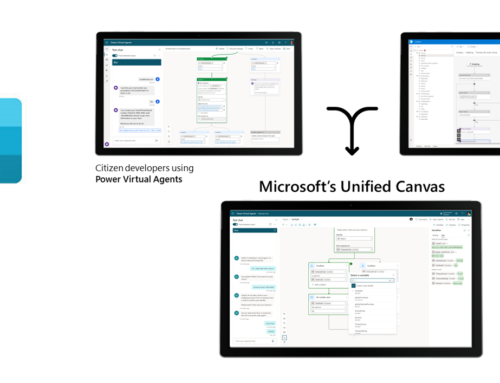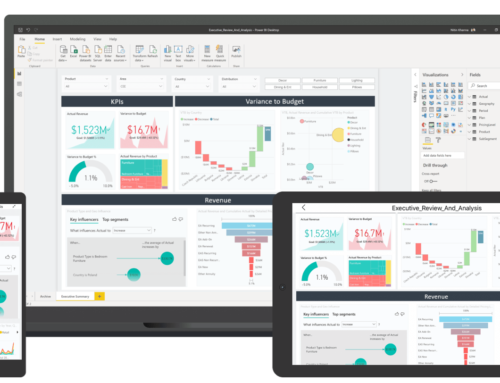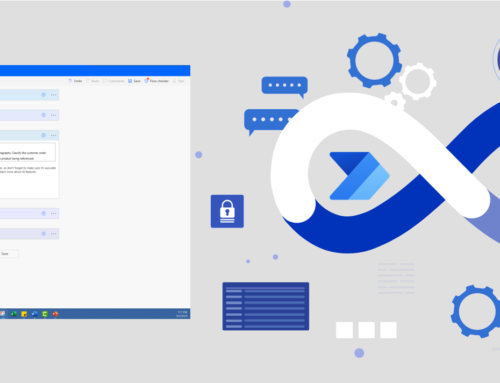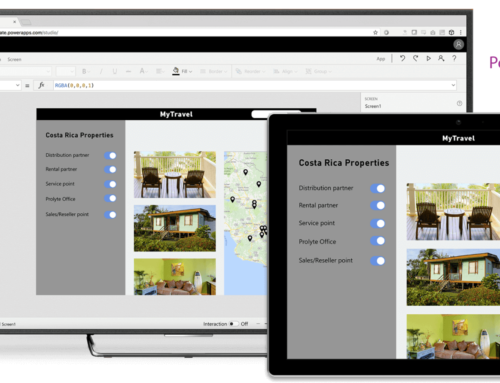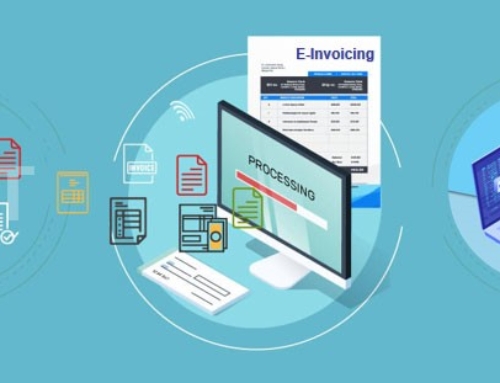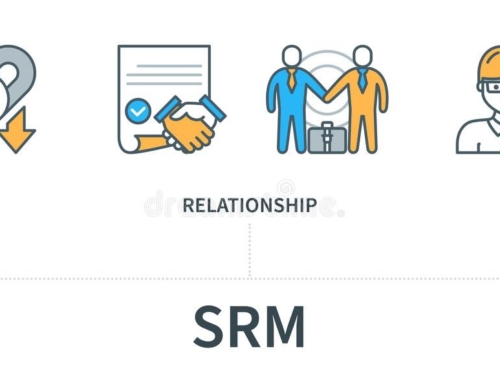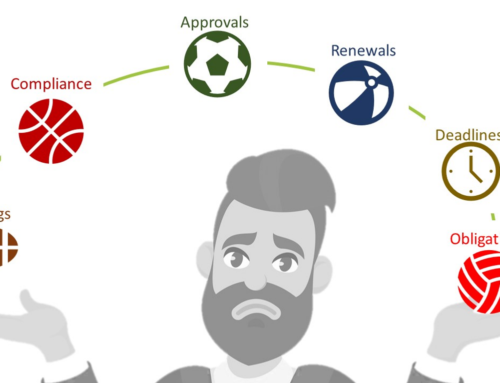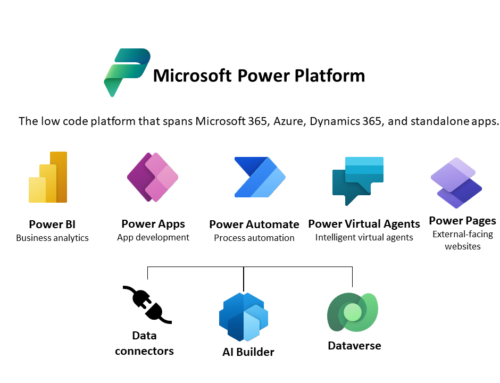- more productive
- more innovative
- more likely to stay with the organization for the long term.
- more likely to provide high-quality customer service.
Engaged employees help to create a positive company culture, which can attract and retain top talent, boost morale, and improve overall organizational performance.
When implemented effectively, intranets can play an important role in improving employee engagement. However, many intranets fail to engage employees, and can even become a burden on their daily workflows. In this article, we’ll explore how intranets can improve employee engagement and why many intranets fail to do so.
How Intranets Can Improve Employee Engagement
Intranets can help to improve employee engagement in several ways. Here are some of the key benefits:
Communication: Intranets can provide a platform for employees to communicate with one another, share ideas, and collaborate on projects. This can help to build a sense of community and encourage employees to work together towards common goals.
Knowledge sharing: Intranets can provide a central location for employees to access information, documents, and resources. This can help employees to feel more informed and empowered in their roles, which can lead to increased engagement.
Recognition and feedback: Intranets can provide a platform for managers and colleagues to recognize and provide feedback to employees for their work. This can help to build a culture of appreciation and recognition, which can lead to increased engagement and motivation.
Training and development: Intranets can provide access to training and development resources, such as online courses, webinars, and workshops. This can help employees to build new skills and knowledge, which can lead to increased engagement and job satisfaction.
Employee involvement: Intranets can provide a platform for employees to get involved in decision-making and contribute to the direction of the organization. This can help employees to feel more invested in the success of the organization, which can lead to increased engagement and motivation.
Why Many Intranets Fail to Engage Employees
Despite the potential benefits of intranets, many fail to engage employees. Here are some of the key reasons why:
Poor design and user experience: If an intranet is difficult to navigate or lacks a user-friendly design, employees are less likely to use it. A poorly designed intranet can be frustrating to use and may discourage employees from engaging with it.
Lack of content: An intranet that lacks engaging and relevant content is unlikely to be used by employees. Without a steady stream of fresh content, employees are unlikely to return to the intranet regularly.
Lack of communication and engagement: If employees are not encouraged to engage with the intranet or do not receive regular updates about new content or features, they may not be aware of its existence or how it can benefit them.
Lack of support: If employees do not receive training or support on how to use the intranet, they may be less likely to engage with it. Additionally, if the intranet is not supported by management or IT staff, it may not receive the attention it needs to be successful.
Lack of integration: If the intranet is not integrated with other systems and tools used by employees, it may be seen as an additional burden or an unnecessary extra step in their workflow.
Tips for Improving Intranet Engagement
To ensure that your intranet is engaging and valuable to your employees, here are some tips to consider:
Focus on design and user experience: Make sure that your intranet is user-friendly and easy to navigate, with a design that is visually appealing and modern.
Create engaging content: Regularly update your intranet with fresh and relevant content, such as news, events, announcements, leadership messages, etc.
Foster collaboration: Encourage employees to collaborate and work together on projects by providing tools and resources for collaboration, such as chat, video conferencing, and project management tools.
Encourage employee-generated content: Encourage employees to create and share their own content, such as articles, blog posts, and videos, to build a sense of community and encourage engagement.
Gamify the intranet experience: Consider adding gamification elements to the intranet to make it more engaging and fun for employees. For example, you could create challenges, leaderboards, and rewards for completing tasks or contributing to the intranet.
Provide personalized experiences: Use personalization tools to tailor the intranet experience to each individual employee, based on their role, interests, and activity on the intranet.
In conclusion, Intranets have the potential to improve employee engagement by providing a platform for communication, knowledge sharing, recognition and feedback, training and development, and employee involvement. However, many intranets fail to engage employees due to poor design and user experience, lack of content, communication and engagement, support, and integration. To create an engaging intranet, organizations need to focus on design, content, communication, support, and integration. By doing so, they can provide their employees with a valuable tool that can help them to feel more informed, empowered, and invested in the success of the organization. In turn, this can lead to increased engagement, motivation, and job satisfaction among employees.



